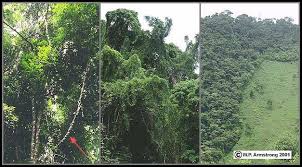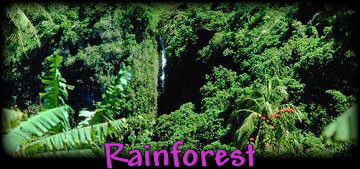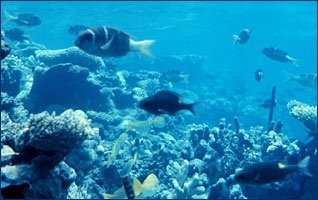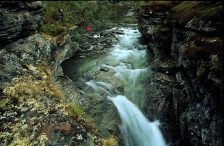*Chaparral Forest*

Chaparral or Mediterranean forests, woodlands, and shrub is a
temperate biome, descibed by hot-dry summers and mild and rainy
winters. Nearly all of the rainfall occurs in the winter and spring
rainy season.
Mediterranean forests, woodlands, and shrub ecoregions occur in the
worlds five Mediterranean climate zones, on the west coast of continents
in the mid-latitudes: the Mediterranean Basin, California, Central
Chile, Southwest Australia, the Cape Province of South Africa and as far
north as the southeastern tip of Vancouver Island, Canada.
 *Vascular Plant*
*Vascular Plant*




